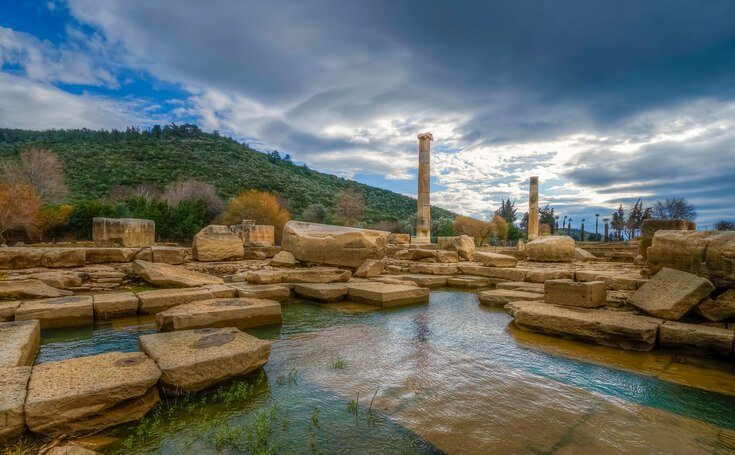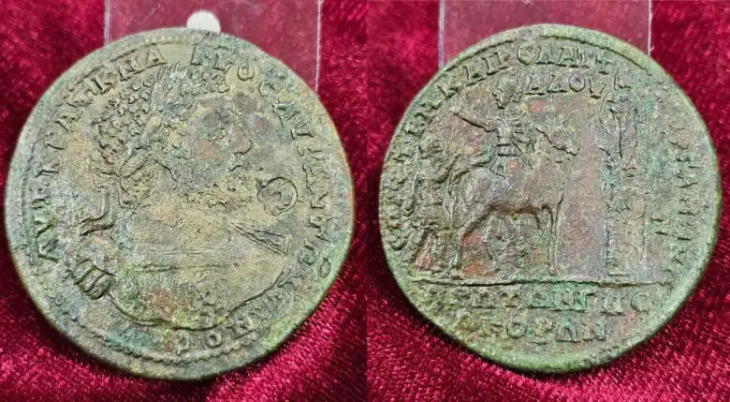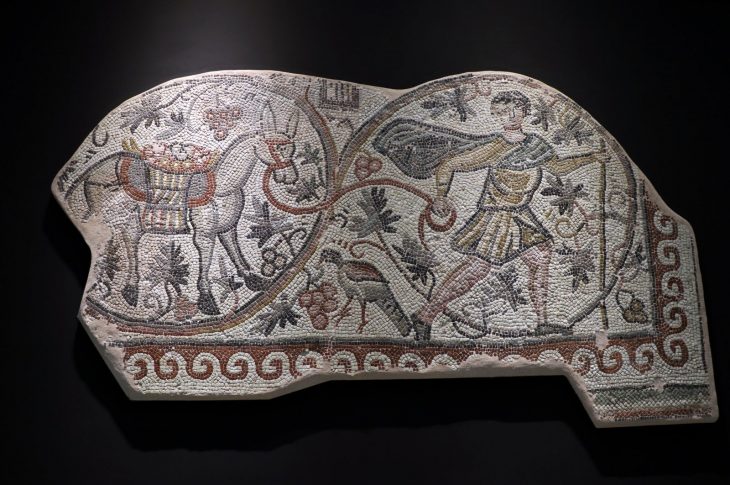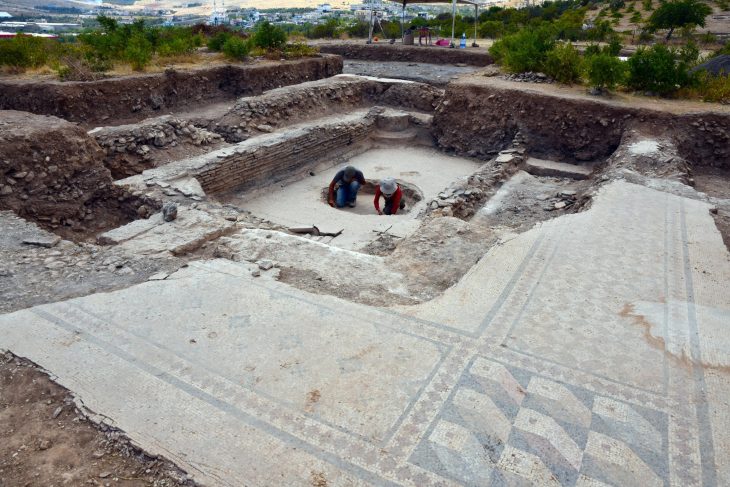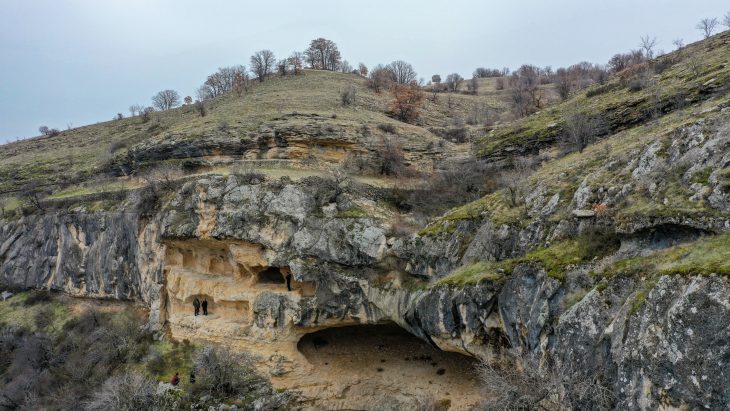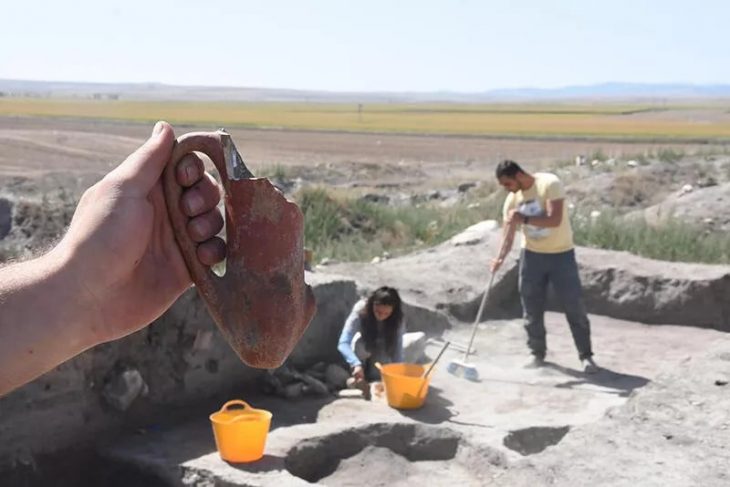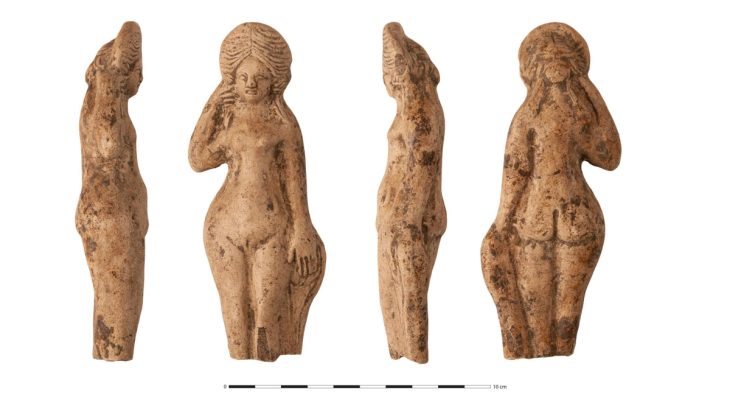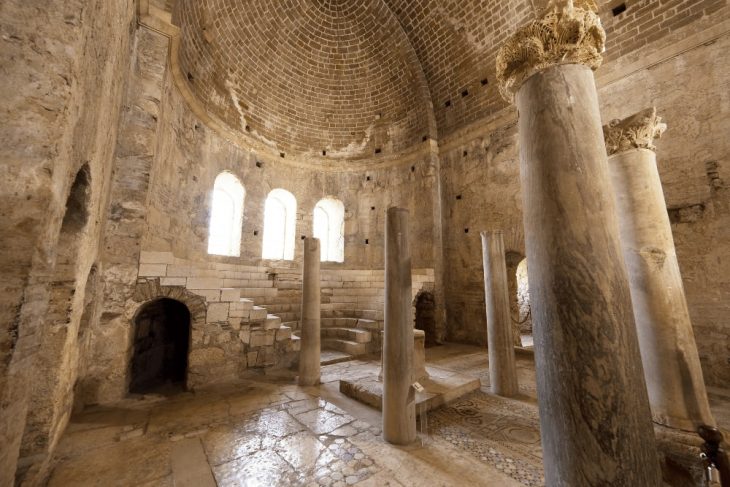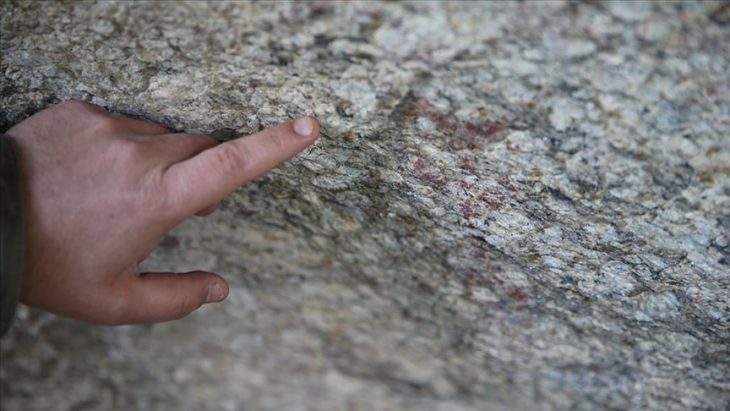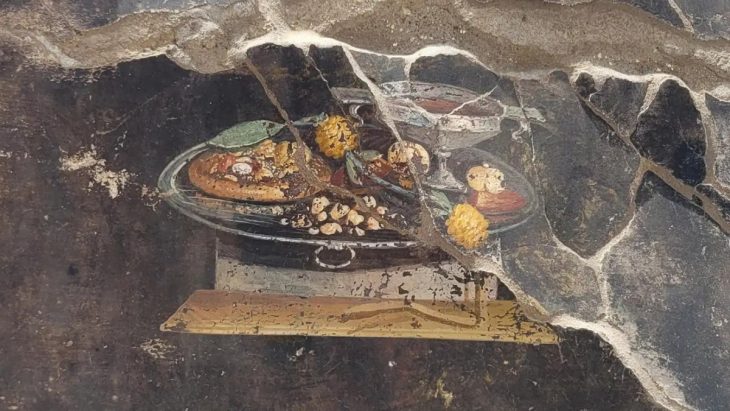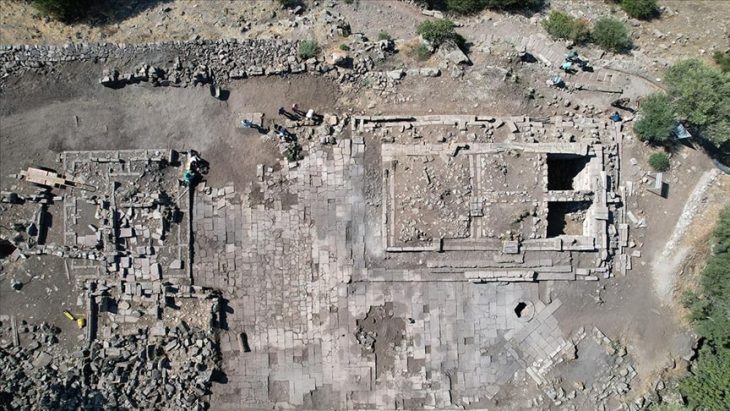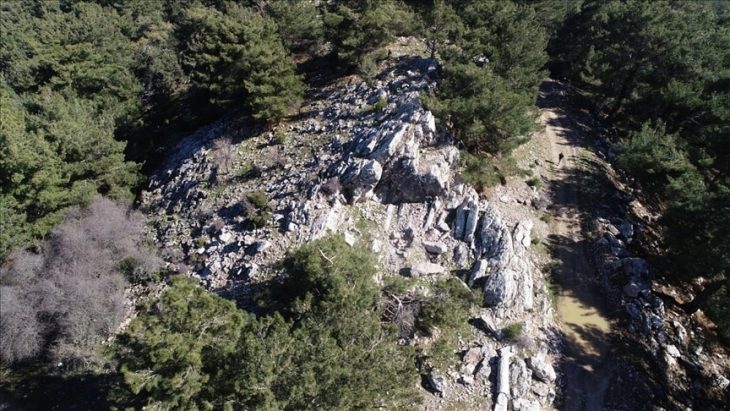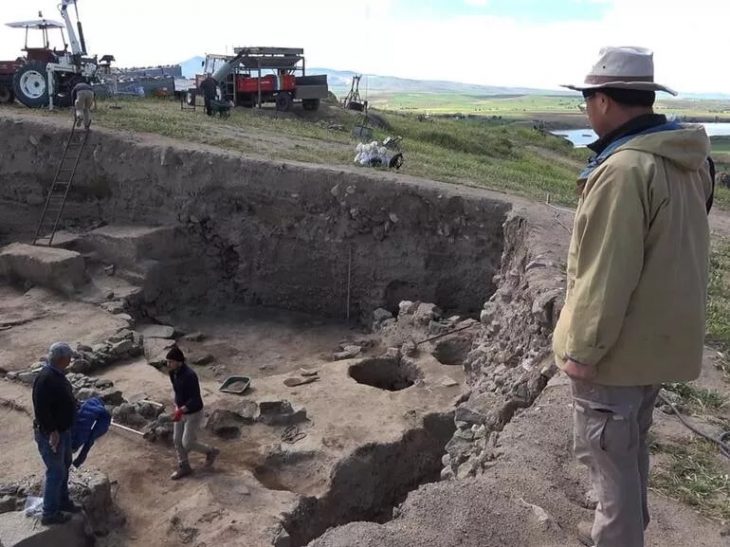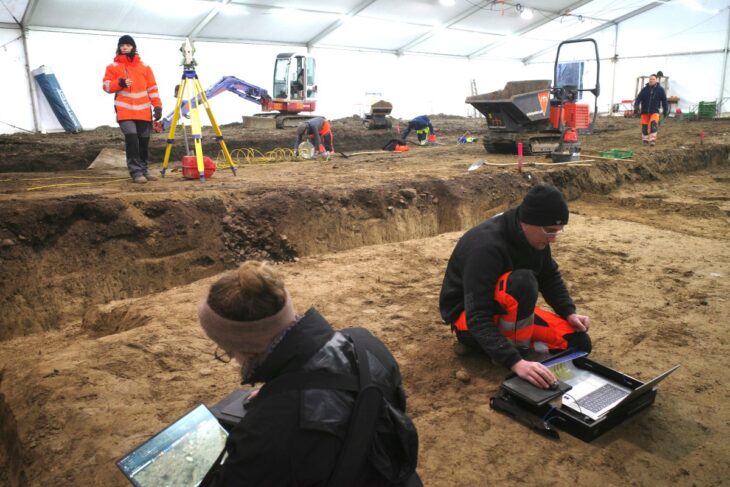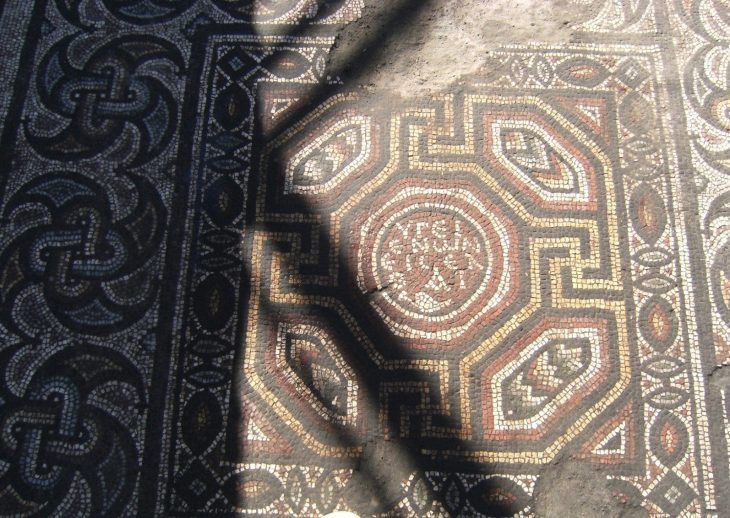Claros is an ancient Ionian settlement located in the hamlet of Ahmetbeyli near Ozdere, approximately 50 kilometers south of Izmir.
Some historians believe the site’s name originates from the Hellenic language, which signified “land” or “future guessing,” while others believe it derives from the Luwi language, which means “coast” or “pier” in Anatolian.
Claros, in reality, was erected by the sea as an “oracle center” for the city of Kolophon, one of the Aegean’s 12 Ionian towns.
During the Hellenistic period, in addition to the cult of Apollo Clarios, there was a large temple used for reading deity Apollo’s oracles, similar to Delphi and Didyma. This center was looked after by the nearby Greek colonies of Notion and Colophon. Claros also hosted a sporting event called Claria, which was held every five years in honor of Apollo.
History
In the form of Homeric Hymns, the earliest evidence concerning the oracle at Claros goes back to the 7th century BC. These were thirty-three anonymous Ancient Greek poems honoring the gods of the Greek pantheon. The old legend ascribed them to Homer, who was born in neighboring Colophon, according to some academics.
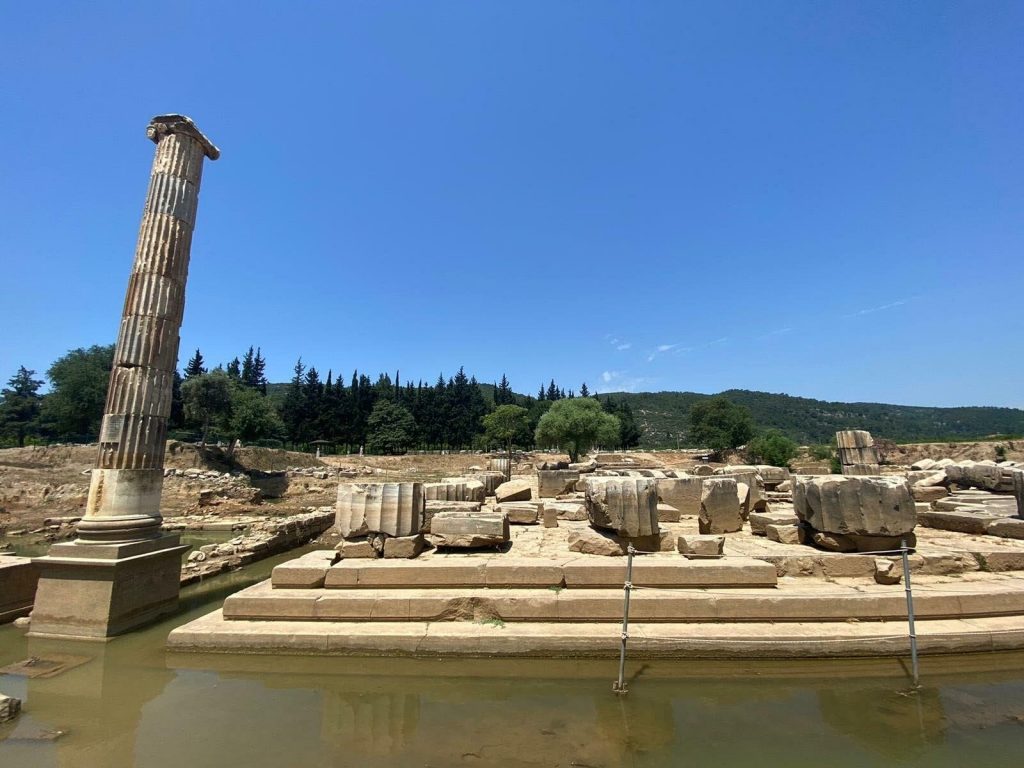
The holy cave, located near the temple of Apollo, suggests that the religious center in Claros existed much earlier. It is thought that before the advent of Greek settlers, it was a center of worship for the goddess Cybele.
Archaeological studys has shown that the oldest shards of Protogeometric pottery discovered at Claros date back to the 10th century BC.
The Claros oracle was of greatest importance in the Hellenistic and Roman periods when most of the preserved buildings were erected. In Roman times, that is, from the end of the 2nd century BC, Claros attracted pilgrims from all over the Mediterranean region. The importance of the sanctuary has been confirmed by archaeological evidence, including four rows of iron hoops, to which sacrificed animals were attached. This solution allowed the simultaneous sacrifice of a hundred animals, and Claros is now a unique archaeological site of the ancient Greek civilization, offering a clear picture of how the hecatomb was carried out.
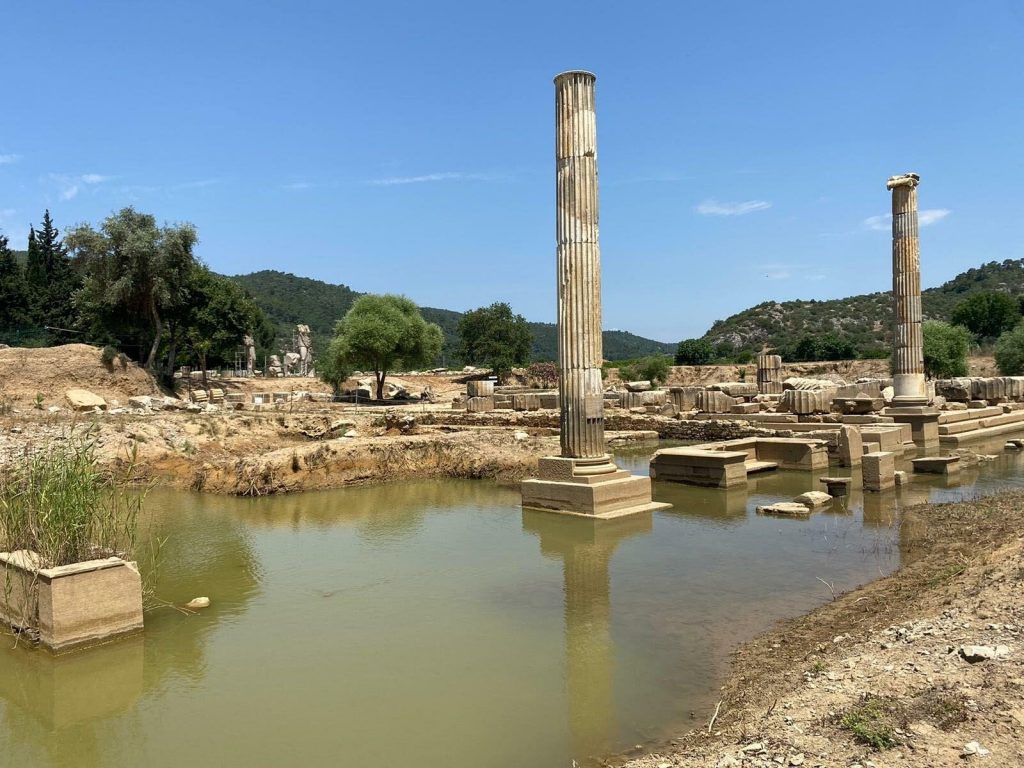
Unlike most oracles in the Greek world, only men were employed as soothsayers at Claros. They entered the cave or room under the Temple of Apollo, and after drinking the holy water, they made suggestions in the form of poetry. This ritual always took place at night. There are no inscriptions containing divination information in Claros, but many of them have been found elsewhere, even in remote corners of the world, including Dalmatia, Algeria, Rome, England, Russia, and Sardinia.
Claros’ most noteworthy and well-preserved divinations are linked to historical figures. Alexander of Macedon consulted this oracle and chose to build a stronghold on Pagos hill based on the advice he got. Residents who were relocated from Smyrna built a new city on its slopes. Germanicus, the adoptive son of Roman Emperor Tiberius, on the other hand, learned in Claros that his future is bleak. In reality, he died just a year later, at the age of 34, in Syrian Antioch (Antakya), from sickness or poisoning by a jealous ruler of Syria.
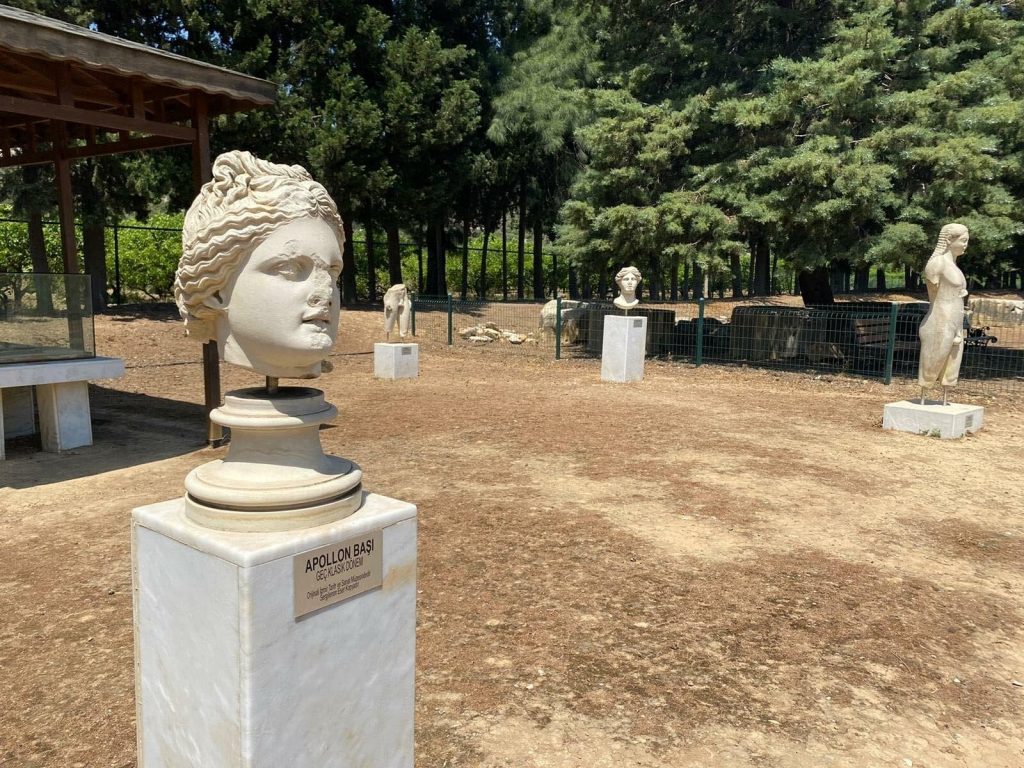
The Apollonian cult of Claros, according to Homeros, goes back to the 7th or 6th century BC. Pirates pillaged the temple, and the site was demolished during the third century. Many of Kolophon’s people fled the region during the Roman period, thus Claros lost its prominence as a cult and was silted up by the river.
Rediscovery of Claros
Claros was discovered for the first time in 1905. The columns of the propylon (monumental gates) at the beginning of the holy route were discovered buried in a field due to silting from the Ales (today’s Avci) river. The propylon dates from the second century BC and is built in the Doric style on a square grid, with three rows of steps leading to the entrance.Inscriptions adorn the walls of the building. The propylon served as an entryway for guests arriving by sea and connected the dock to the temple through a holy path. On both sides of this avenue, there were sculptures and inscriptions of historical figures.
Despite being 80 kilometers (50 miles) from Izmir’s city center, Claros has a high tourism potential and receives an average of 2,500-3,000 visitors throughout the summer months.
Cover Photo: Gezipedia

